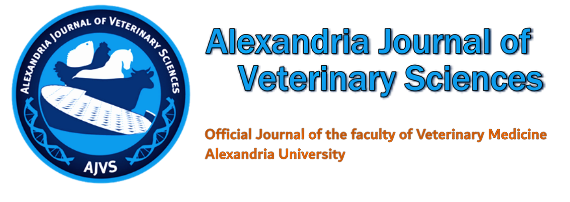
| Original Article | ||||||||||||||||||||||||||||||
AJVS. 2018; 56(1): 182-186 doi: 10.5455/ajvs.282186 First Evidence of an Established Rhipicephalus (Boophilus) microplus Population In Nigeria Akande F. Adedayo, Fagbemi B. Olukunle.
| ||||||||||||||||||||||||||||||
| How to Cite this Article |
| Pubmed Style Adedayo AF, Olukunle FB. First Evidence of an Established Rhipicephalus (Boophilus) microplus Population In Nigeria. AJVS. 2018; 56(1): 182-186. doi:10.5455/ajvs.282186 Web Style Adedayo AF, Olukunle FB. First Evidence of an Established Rhipicephalus (Boophilus) microplus Population In Nigeria. https://www.alexjvs.com/?mno=282186 [Access: May 05, 2025]. doi:10.5455/ajvs.282186 AMA (American Medical Association) Style Adedayo AF, Olukunle FB. First Evidence of an Established Rhipicephalus (Boophilus) microplus Population In Nigeria. AJVS. 2018; 56(1): 182-186. doi:10.5455/ajvs.282186 Vancouver/ICMJE Style Adedayo AF, Olukunle FB. First Evidence of an Established Rhipicephalus (Boophilus) microplus Population In Nigeria. AJVS. (2018), [cited May 05, 2025]; 56(1): 182-186. doi:10.5455/ajvs.282186 Harvard Style Adedayo, A. F. & Olukunle, . F. B. (2018) First Evidence of an Established Rhipicephalus (Boophilus) microplus Population In Nigeria. AJVS, 56 (1), 182-186. doi:10.5455/ajvs.282186 Turabian Style Adedayo, Akande F., and Fagbemi B. Olukunle. 2018. First Evidence of an Established Rhipicephalus (Boophilus) microplus Population In Nigeria. Alexandria Journal of Veterinary Sciences, 56 (1), 182-186. doi:10.5455/ajvs.282186 Chicago Style Adedayo, Akande F., and Fagbemi B. Olukunle. "First Evidence of an Established Rhipicephalus (Boophilus) microplus Population In Nigeria." Alexandria Journal of Veterinary Sciences 56 (2018), 182-186. doi:10.5455/ajvs.282186 MLA (The Modern Language Association) Style Adedayo, Akande F., and Fagbemi B. Olukunle. "First Evidence of an Established Rhipicephalus (Boophilus) microplus Population In Nigeria." Alexandria Journal of Veterinary Sciences 56.1 (2018), 182-186. Print. doi:10.5455/ajvs.282186 APA (American Psychological Association) Style Adedayo, A. F. & Olukunle, . F. B. (2018) First Evidence of an Established Rhipicephalus (Boophilus) microplus Population In Nigeria. Alexandria Journal of Veterinary Sciences, 56 (1), 182-186. doi:10.5455/ajvs.282186 |








